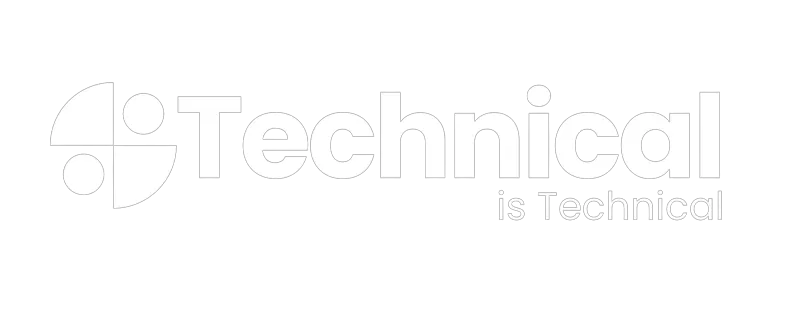Nowadays, most businesses are moving to cloud computing as it can deliver hardware and software services over the internet, which facilitates keeping physical devices away from the workplace. The cloud services are part of managed IT support that allows organizations to access a wide range of IT services and applications from the cloud.
The MSP provides managed IT support, to maintain the cloud infrastructure of clients. Also, they protect the companies from security breach events and take preventive measures if in case it happens.


Generally, there are three types of cloud services i.e, IaaS ( Infrastructure as a service), PaaS (Platform as a service), and SaaS (Software as a service). These are significantly used by companies of all sizes to use remote sources and to save money from buying network equipment such as servers and switches. Also, cloud technology improves IT operations and the customer of every type of business.
Also Read– Quick Guide to the Difference Between a Public and a Private Cloud
Cloud computing services include storage, networking, software, analytics, hardware, intelligence, and much more.
In this article, we have listed a handful of reasons why organizations use cloud computing services.
Why organizations use cloud computing services
Fresh Software -:
The cloud services allow the clients to access the new software through the web or an API. Therefore, the users do not have to worry about installing applications on their local devices. The SaaS provider avails the latest version of the software to their clients as soon as it is released.
For instance, the automotive industry is currently always under pressure when it comes to being able to quickly fix any issues with cars in order for them not only to come out on time but also in excellent condition. So, a cloud-based auto repair software will have an edge over a desktop base application because software updates are automatically implemented. Automotive repair companies should use the Cloud to take advantage of their great reputation and boost their revenue by having an online presence.
Flexible Cost -:
The cloud-based services are fundamentally flexible IT solutions, as the users only need to pay for the server and infrastructure when it is needed. For instance, the client can request more capacity for peak times and de-provisioned the services when there is no need. This saves money and reduces the wastage of sources.
Increase Efficiency and Productivity
As cloud computing enables organizations to reduce their IT infrastructure and resources, therefore it facilitates staff members to maintain focus on the core business rather than wasting time on maintaining routine IT issues. This technology allows for easy collaboration between employees and streamlines communication, which boost the productivity and efficiency of employees.
Disaster Recovery -:
One of the most exciting capabilities of cloud computing is disaster recovery which emphasizes companies deploying it. It’s a combination of strategies and services intended to back the important data and applications on a remote cloud-based platform. Instead of storing the crucial information on a hard disk or static disk drive, it would be better to store it on remote servers, so that you can easily recover the data in the event of an unexpected disaster.
Data backup and recovery are the most widely used IT services for Commercial businesses.
Increases Speed and Agility -:
The cloud, when utilized in the right way, enables the users to get their applications quickly to the market. Also, it accelerates the decision-making process of organizations, which helps them to speed up the delivery of IT projects. And this results in high revenue and overall cost reduction.
Scaling the Business -:
Cloud computing is the key to scaling the business, this allows us to increase or decrease the size of the IT solution quickly. This eliminates much of the risk associated with the rapidly growing market. There are three types of IT infrastructure scalability, which companies use according to the market situation. These are Vertical scaling, horizontal scaling, and diagonal scaling.
Horizontal scaling means adding more to add more machines and servers to better accommodate the shifting needs of organizations. Whereas, vertical scaling is related to adding more power to the existing machinery to accommodate the growing needs of companies.
And diagonal scaling is the blend of horizontal and vertical scaling, and it is related to the addition and removal of storage resources.
In Final Words
Cloud computing adoption is increasing every year. Generally, small to mid-sized companies use public cloud services as they are very pocket friendly. But large enterprises that are more concerned about their security and privacy prefer to use private and hybrid clouds.





























